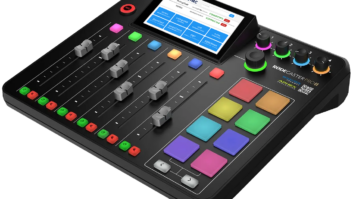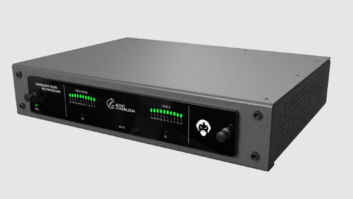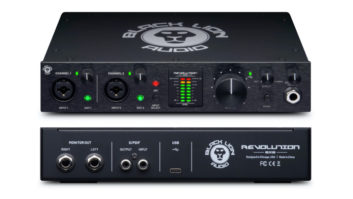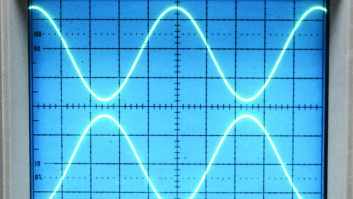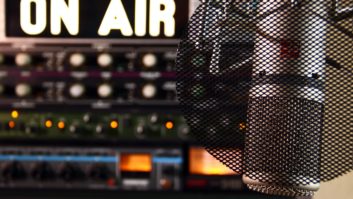At the end of each old year and the subsequent beginning of a new one, audio professionals often ponder the provocative, yet seemingly unanswerable question of, “What’s next?”
And as always, the future of a technological business like audio production can be quite tough for anyone to accurately predict.
However, the opinions of peers, clients and competition can often help deduce some pretty reasonable answers to such an age-old, speculative inquiry. As a result, professionals can better prepare for the rest of the year.
Here, three pro audio authorities — whose collective expertise includes music production, audio for broadcast and product technology — wax prophetic on what 2007 may present to the industry.
MORE CONTENT FOR MORE CLIENTS
“Content is the word,” said Jimmy Daniel, founder and engineer of Atlanta’s JDM Mobile, a remote broadcast recording company featuring ‘Beluga,’ a new mobile recording truck serving the Southeast United States. “Not long ago, the [Internet] didn’t play a part in the business, but now it’s about AOL, Yahoo, MySpace, and so on. Everyone wants content, especially new media broadcasters, and live entertainment is a huge part of that content.”
Meanwhile, Rob Tavaglione — a busy Charlotte-based producer, engineer, studio owner and regular contributor to Pro Audio Review magazine — finds his work increasingly diversified as well. Much of this, he explains, is thanks to the increasingly transferable nature of audio data, a trend that will continue to shape modern audio production in 2007.
“I do a lot of outside mix work where people send audio files,” Tavaglione said. “In transferring sessions, I do think that people are getting more used to the idea of translating to other studios using OMF — the open media framework standard. I would say that clients are becoming less concerned about your workstation and more concerned about your work.”
According to Tavaglione, fewer format-specific concerns from clients will meld with the industry’s most notable product innovations, thus leading the way to greater acceptance of cost-effective, native-based DAWs among professional users.
“I think that it is going to be a very big year for native recording,” said Tavaglione, a fervent user of MOTU’s Digital Performer. “Proprietary systems are the standard for medium- and larger-sized recording studios, but I do think that is going to change. With native recording, we have better, faster processors and the ability to have much more RAM. This year, these native systems will rise to prominence.”
BETTER TRANSDUCERS AND ACOUSTICS
Brad Lunde, president of national pro audio distributor TransAudio Group, contends that 2007 may be a year of significant audio system improvements for the American broadcast industry.
“These improvements must be significant or they won’t want to invest at all,” Lunde said. “There are so many demands on their money, so they are looking for major leaps forward, not incremental improvements.”
Lunde offers that this may translate to industry-wide increases in sales of transducers, both microphones and loudspeakers. “I think they’ll invest in microphones and monitors — things that have a very tangible outcome for their end product.”
And finally, one expert said it is the need for major improvements that will prompt many audio shoppers to invest heavily in acoustic treatment solutions.
“We’re getting to the point where we all have gorgeous compressors, great mics and excellent mixing capabilities,” Tavaglione said. “But the biggest differentiating factor between facilities today is acoustic quality. We’re going to reach a point of equipment saturation, and our budgets are going to turn us toward making better sounding rooms — an area more crucial than we often recognize it to be.”






